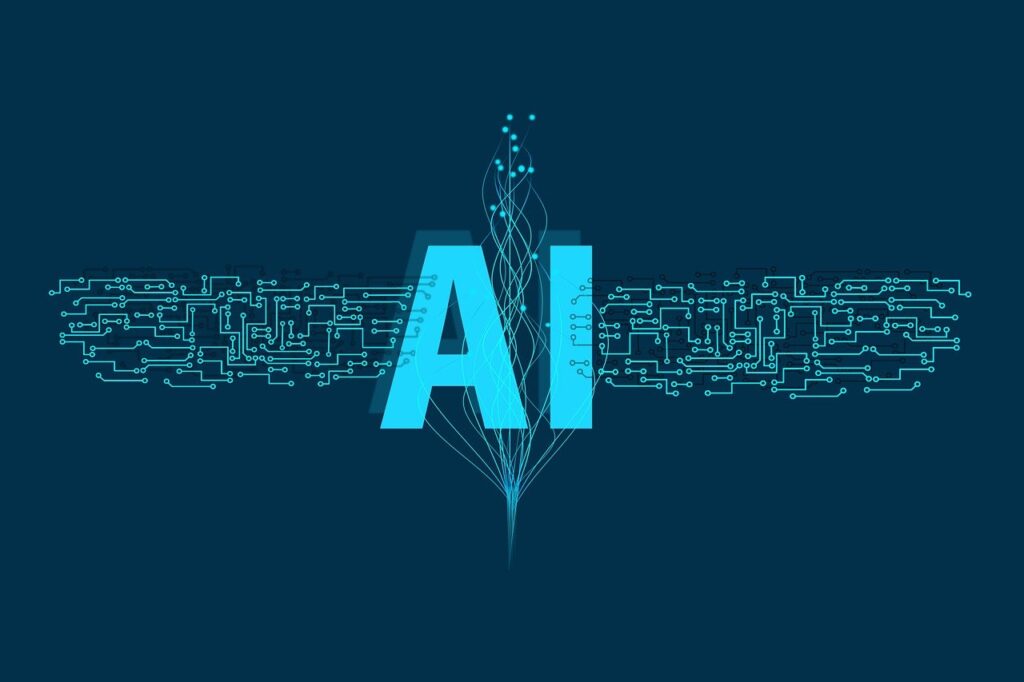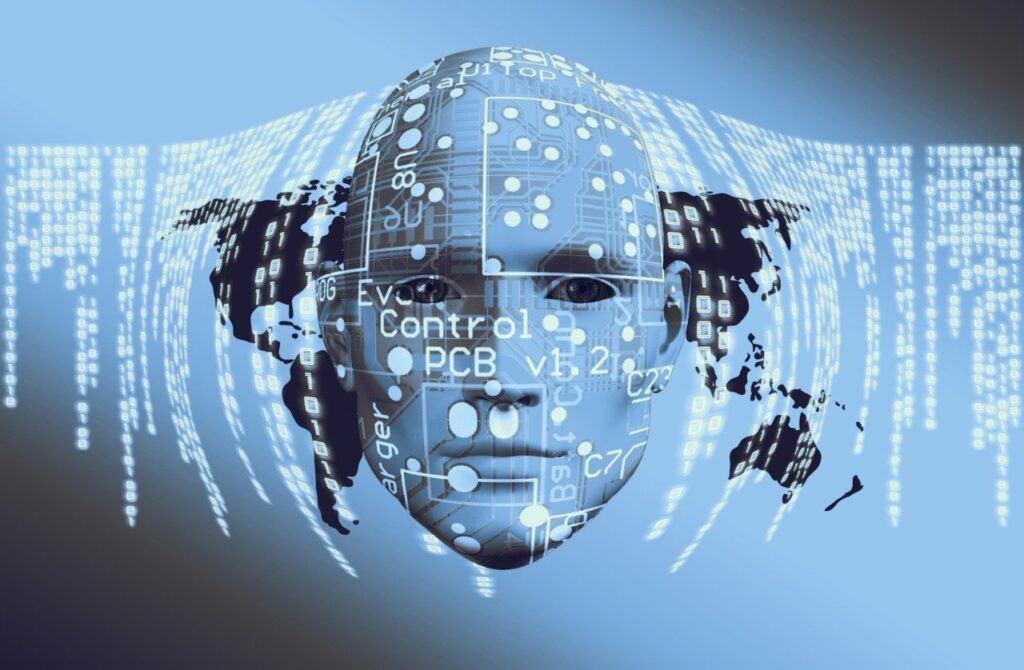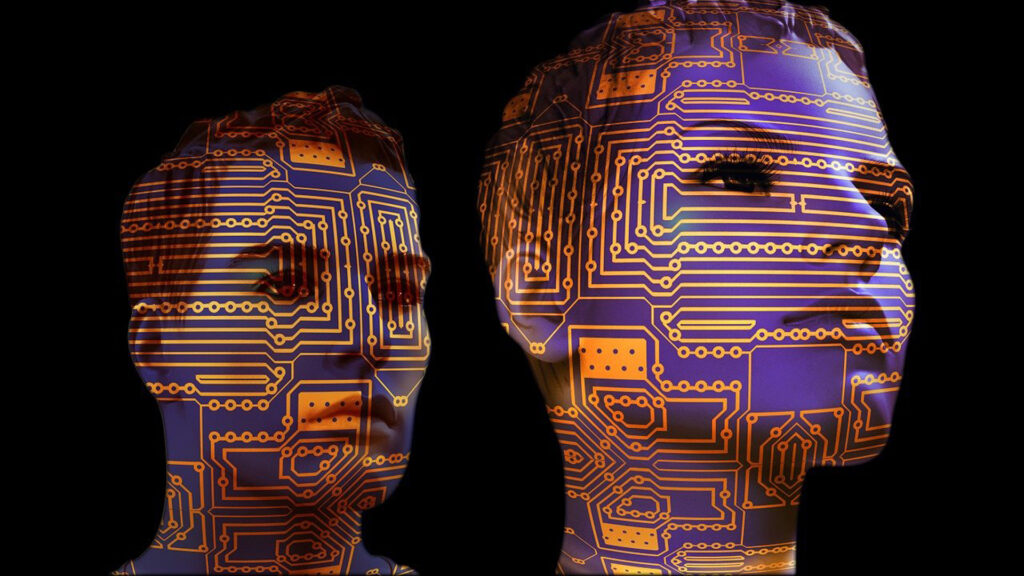What is Machine Learning?
Machine Learning (ML) is a branch of artificial intelligence (AI) that enables computers to learn from data and experience without being explicitly programmed. Instead of following predefined rules, ML models use patterns and statistical techniques to make decisions or predictions.
1. How Machine Learning Works
Machine learning involves training algorithms on data so they can recognize patterns and improve over time. The process typically follows these steps:
- Data Collection – Gathering raw data from various sources (text, images, audio, etc.).
- Data Preprocessing – Cleaning and structuring data (handling missing values, normalization).
- Feature Selection – Choosing relevant characteristics (features) that influence predictions.
- Model Selection – Choosing an algorithm (e.g., Decision Tree, Neural Networks).
- Training the Model – Feeding data into the model to recognize patterns.
- Testing & Evaluation – Measuring model accuracy using test datasets.
- Deployment & Improvement – Using the trained model in real applications and refining it over time.
2. Types of Machine Learning
(A) Supervised Learning (Labeled Data)
- The model learns from labeled examples (input → expected output).
- Used for classification (e.g., spam detection) and regression (e.g., predicting stock prices).
- Common Algorithms:
- Linear Regression
- Decision Trees
- Random Forest
- Support Vector Machines (SVM)
- Neural Networks
Example: Email Spam Detection
- Input: Email content
- Output: “Spam” or “Not Spam”
(B) Unsupervised Learning (No Labeled Data)
- The model identifies patterns without predefined labels.
- Used for clustering (e.g., customer segmentation) and association (e.g., market basket analysis).
- Common Algorithms:
- K-Means Clustering
- Hierarchical Clustering
- Principal Component Analysis (PCA)
- Autoencoders
Example: Customer Segmentation
- Input: Customer shopping behavior
- Output: Groups customers into similar purchasing patterns.
(C) Reinforcement Learning (Learning by Trial & Error)
- The model learns by interacting with an environment and receiving rewards or penalties.
- Used in robotics, self-driving cars, and gaming AI.
- Key Components:
- Agent (the learner)
- Environment (where the agent operates)
- Actions (possible moves the agent can take)
- Rewards (feedback for taking actions)
Example: Self-Driving Cars
- Input: Road conditions, traffic signals
- Output: Steering decisions based on learned experience.
3. Key Machine Learning Applications

| Industry | Application |
|---|---|
| Healthcare | Disease prediction, drug discovery, medical imaging analysis |
| Finance | Fraud detection, stock price prediction, automated trading |
| Retail & E-Commerce | Recommendation engines (Amazon, Netflix), customer behavior prediction |
| Marketing | Targeted advertising, sentiment analysis, customer segmentation |
| Autonomous Vehicles | Self-driving cars, obstacle detection, adaptive cruise control |
| Cybersecurity | Anomaly detection, phishing email detection, malware analysis |
| Manufacturing | Predictive maintenance, quality control, defect detection |
4. Popular Machine Learning Libraries & Frameworks

- Scikit-learn – General-purpose ML (classification, regression, clustering).
- TensorFlow – Deep learning and AI.
- PyTorch – Popular for research and production ML.
- Keras – High-level API for deep learning.
- XGBoost – Advanced boosting algorithm for structured data.

- Google Cloud AI – AutoML, TensorFlow in the cloud.
- AWS SageMaker – End-to-end ML model deployment.
- Microsoft Azure ML – Scalable machine learning services.
5. Challenges in Machine Learning

- Data Quality – Poor or biased data affects accuracy.
- Overfitting – Model memorizes training data instead of generalizing.
- Interpretability – Complex models (like deep learning) are hard to explain.
- Computational Cost – Training large models requires powerful hardware.
- Ethical Concerns – Bias in AI decisions (e.g., racial bias in hiring algorithms).
6. Future of Machine Learning

- AI-Powered Search (SGE, ChatGPT, Bard, Bing AI)
- Automated Machine Learning (AutoML)
- Explainable AI (XAI)
- Federated Learning (Privacy-focused AI)
- AI-Powered Creativity (AI Art, Music, Text Generation)
Final Thoughts
Machine learning is transforming industries, from healthcare and finance to self-driving cars. Whether you’re a beginner or an AI expert, learning ML opens up exciting opportunities in data science, AI development, and automation.








